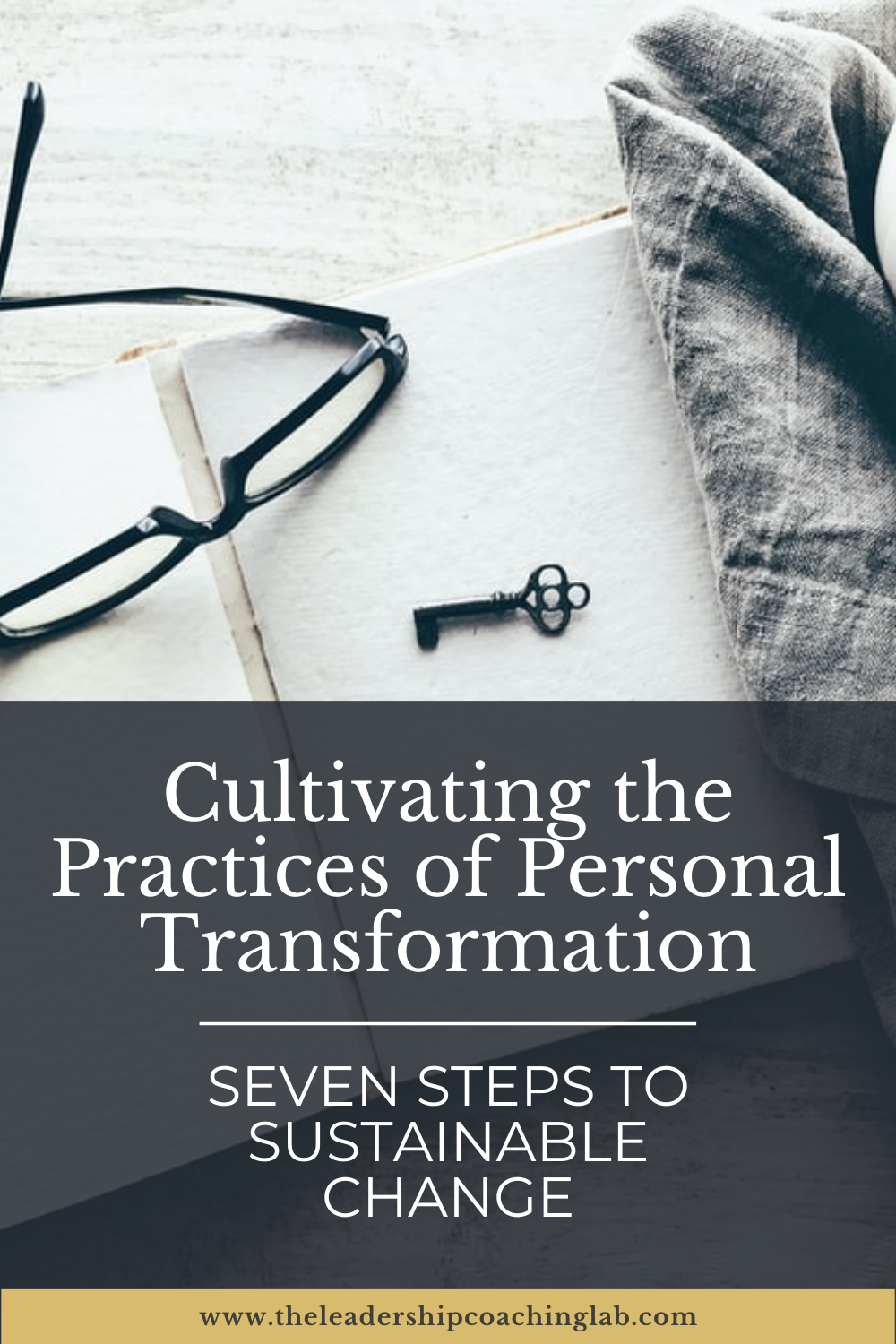How to Choose the Best Self-Assessment
Which assessment will maximize your growth?
“As human beings, our job in life is to help people realize how rare and valuable each one of us really is, that each of us has something that no one else has or ever will have something inside that is unique to all time. It’s our job to encourage each other to discover that uniqueness and to provide ways of developing its expression.”
Choices abound when it comes to personality typing for personal or professional purposes. To date, an estimated 27 million individuals have taken the CliftonStrengths inventory, over 50 million have taken the Myers Briggs Type Indicator (MBTI), and millions are taking different versions of the Enneagram assessment with its recent spike in popularity. Other popular assessments include the DISC profile, various versions of the color code assessment, temperament tests, and psychological inventories.
Self-assessments play an important role in helping us understand and articulate our uniqueness, gain empathy for our colleagues, family, and friends, and speak a common vocabulary with teammates. The variety of options can be energizing, but it can also be confusing to understand the distinctions, and to know which assessment will help meet your specific needs. And all too often taking an assessment is an isolated experience, in which there is little to no follow-up to support long-term growth.
If you are pursuing personal or professional development — for yourself or your team — consult this quick guide to maximize your return on investment.
Criteria for Choosing the Best Self-Assessment
Clarify your goals. What is your purpose for using an assessment? What do you want to accomplish? Is the assessment intended to be used for self-awareness, personal growth, team building, or some combination?
Understand your audience. Who will be taking the assessment, and what are their greatest needs for growth and development? What value will they see in taking an assessment?
Evaluate the data. What evidence exists that the assessment has been effective in supporting personal or professional development? What data is available to demonstrate that the assessment will help you achieve your specific goals?
Assess your values. How does the value system of the assessment align with your values? If for use in an organization, is the assessment culturally compatible? For example, Clifton Strengths is based on positive psychology, in which building strengths is prioritized over improving weaknesses.
Estimate your timeline. How much time can you devote to the assessment process? Consider what time you will need for:
learning / training about the tool
taking the assessment
debriefing results
Determine your budget. What budget do you have to purchase an assessment and/or hire a trained facilitator?
Consider your capacity to continue the work. What opportunities will you have to continue the discovery and growth process after taking the assessment? To translate assessment results into meaningful development, activities for individual reflection, workplace learning, or making connections in a team are essential.
Identify related resources. What tools or templates accompany the assessment for learning and development? Books, reflection activities, and individual or team development planning resources can maximize the learning experience and nurture growth long after the assessment has been taken.




